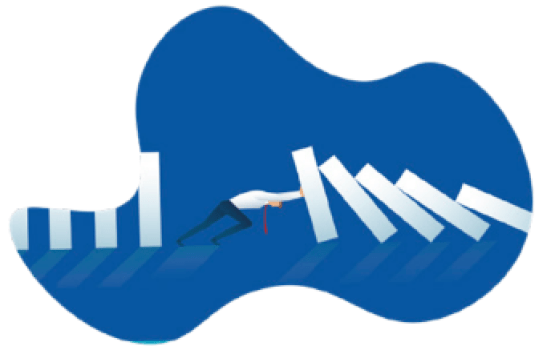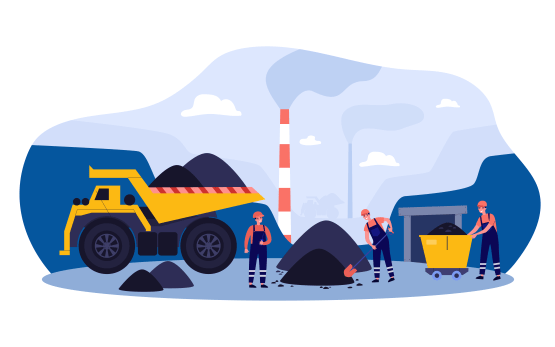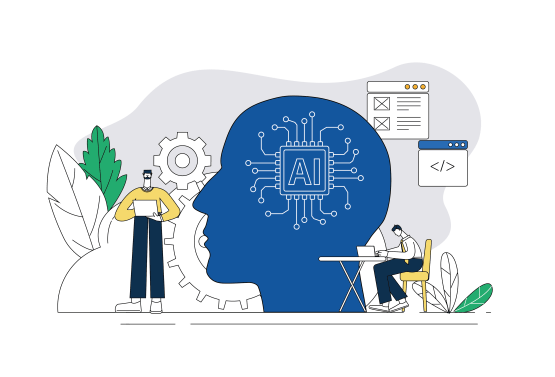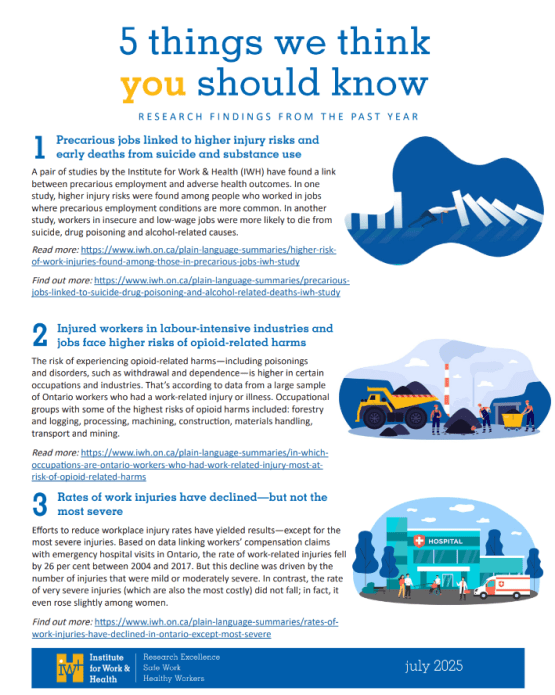
Precarious jobs linked to higher injury risks and early deaths from suicide and substance use
A pair of studies by the Institute for Work & Health (IWH) have found a link between precarious employment and adverse health outcomes. In one study, higher injury risks were found among people who worked in jobs where precarious employment conditions are more common. In another study, workers in insecure and low-wage jobs were more likely to die from suicide, drug poisoning and alcohol-related causes.

Injured workers in labour-intensive industries and jobs face higher risks of opioid-related harms
The risk of experiencing opioid-related harms—including poisonings and disorders, such as withdrawal and dependence—is higher in certain occupations and industries. That’s according to data from a large sample of Ontario workers who had a work-related injury or illness. Occupational groups with some of the highest risks of opioid harms included: forestry and logging, processing, machining, construction, materials handling, transport and mining.

Rates of work injuries have declined—but not the most severe
Efforts to reduce workplace injury rates have yielded results—except for the most severe injuries. Based on data linking workers’ compensation claims with emergency hospital visits in Ontario, the rate of work-related injuries fell by 26 per cent between 2004 and 2017. But this decline was driven by the number of injuries that were mild or moderately severe. In contrast, the rate of very severe injuries (which are also the most costly) did not fall; in fact, it even rose slightly among women.

Which workers will be most affected by machine learning?
Machine learning, a form of artificial intelligence, will likely touch all jobs one way or another, whether for good or bad. An IWH study found more women than men in jobs where a high number of tasks could be performed by machine learning. But when it comes to other socioeconomic factors—education, income, and skill requirements—it’s not necessarily the workers at the low end of the spectrum who could be most affected. And how these factors play out is different for men and women.

A new tool to help workers decide whether to disclose their chronic or episodic health condition at work
If you have a chronic or episodic physical or mental health/cognitive condition, it can be difficult to decide whether to disclose the condition at work. Decision-support for Communicating about Invisible Disabilities that are Episodic (DCIDE) is a free tool designed to make that choice easier. DCIDE helps workers weigh the pros and cons of sharing their health information with others at work. It also provides tailored guidance based on the users’ needs and concerns and links to further support and accommodation planning resources.
